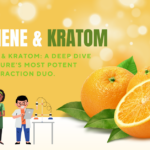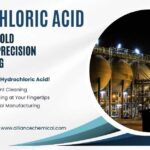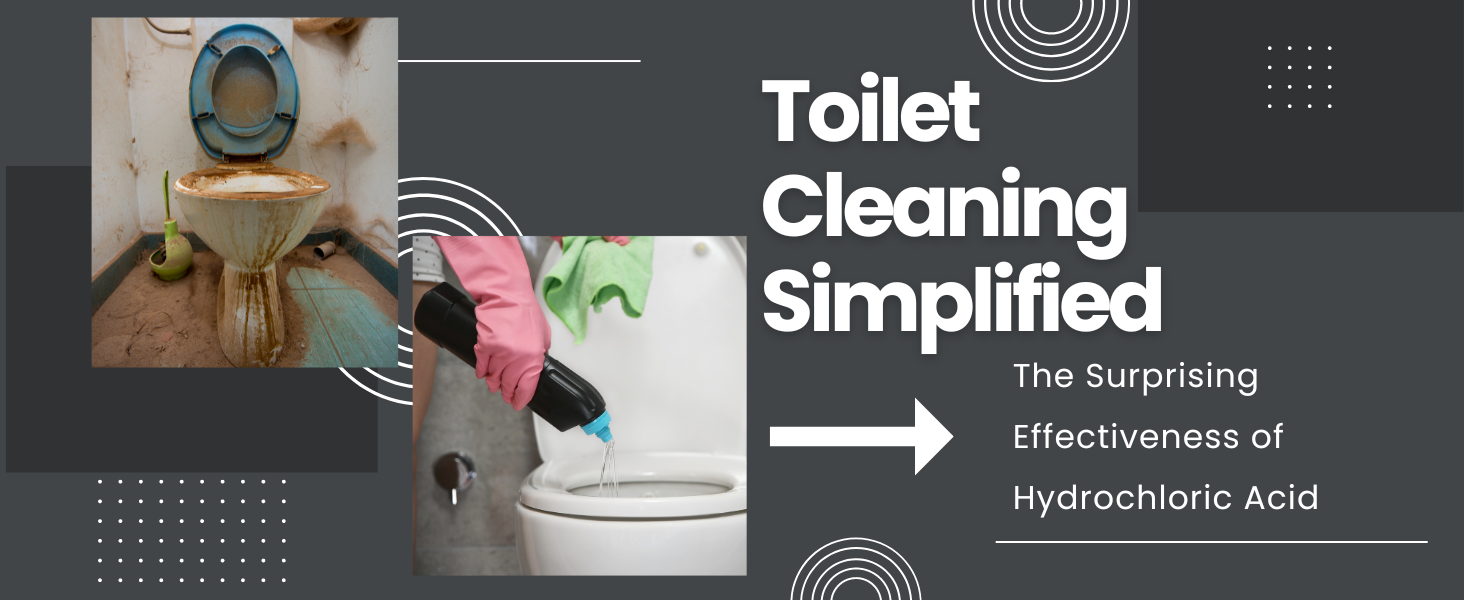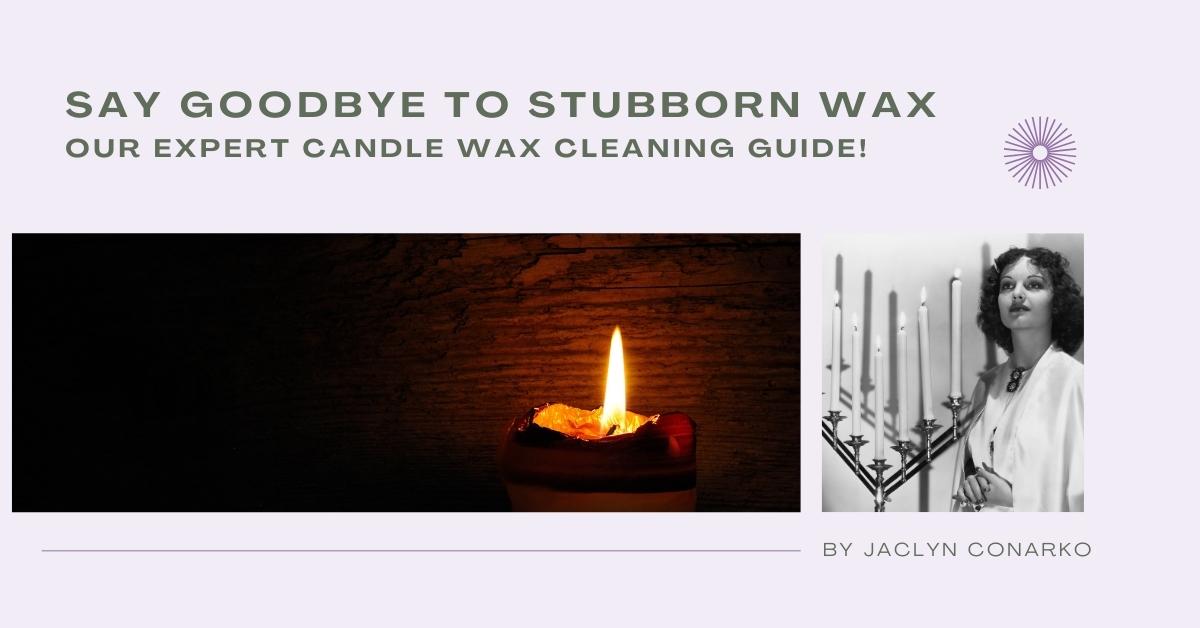
Say Goodbye to Pesky Candle Wax
Twinkling lights, flickering delight, and… oh no, a waxy plight! Welcome to the whimsical world of wax removal, where we bid adieu to stubborn, candle wax, OH! How you torture us with leaving gripping residue on our walls and carpets! Perhaps we can employ the help of Alliance Chemical to banish this foe and even reincarnate the candle jar for a sustainable future. Voilà!
The Fabulous Wax-Be-Gone Trio
Meet the trio set to swan dive into our wax removal adventure:
Eclectic Elixirs to Rejuvenate Containers
Imagine a world where instead of tossing your beautiful waxy and used container, it transforms into a jar for you to reuse the container for a homemade candle, a second life…
9 Reasons Why Acetic Acid Glacial Is the Unparalleled Choice for Effortless Wax Ejection
- Eco-Friendly Option: Acetic acid, also known as vinegar, is a natural and eco-friendly solution. It’s biodegradable, non-toxic, and safe for the environment. This makes it a preferable choice for those who are environmentally conscious.
- Non-Hazardous: Acetic acid is not classified as a hazardous chemical, which means it can be handled safely without the need for special protective equipment. It doesn’t pose health risks when used in well-ventilated areas.
- Cost-Effective: Acetic acid is relatively inexpensive and readily available in most households. Using it for wax removal can save you money compared to purchasing specialized chemicals.
- Effective Wax Dissolver: Acetic acid is effective at dissolving and breaking down wax residues. Its acidic properties help to loosen and remove wax from various surfaces, including glass, ceramics, and metals.
- Versatile: Acetic acid can be used on a wide range of surfaces and materials, making it a versatile choice for wax removal. It can be used on candleholders, glass containers, candlesticks, and more.
- No Residue: When acetic acid is used correctly, it leaves no residue behind. This means you won’t need to worry about secondary cleaning to remove any chemical remnants.
- Readily Available: Acetic acid, often in the form of vinegar, is readily available in most households and can be easily purchased in stores. This accessibility makes it a convenient choice for wax removal.
- Odor Neutralizer: Although Acetic Acid Glacial has a strong Vinegar Scent (as it is humbly naturally occuring Vinegar)Acetic acid can help neutralize odors, including the scent of melted candle wax. This can leave your cleaned items smelling fresh.
- Safe for Many Surfaces: Acetic acid is generally safe for use on various surfaces, but it’s essential to test it on a small, inconspicuous area first to ensure compatibility with the material.
-
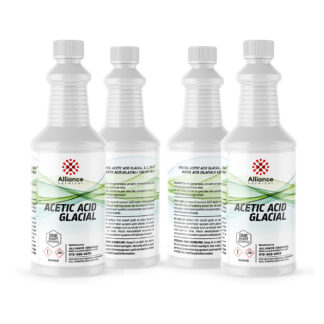 Acetic Acid Glacial Technical$25.00 – $6,075.00
Acetic Acid Glacial Technical$25.00 – $6,075.00
How to Utilize The Versatile Chemical for Wax Obliteration in vessels!
- Don a pair of whimsical gloves to protect your royal hands.
- Conjure a diluted solution of Acetic Acid and distilled water in a 1:1 ratio.
- With a gentle sponge, tenderly caress the solution onto the waxed area.
- Allow the enchanting elixir to dwell for 15 magical minutes.
- Wipe away with love and behold: a vessel reborn!
- Save what you don’t use and try it in the washer! It will remove static cling and deep clean your clothes.
Et Voilà!
Now you have a wax-free vessel you can reuse for whatever kind of dish you need in a pinch! Cups, bowls, and horticulture pots galore. Acetic Acid Glacial and it’s respective lower concentrations work for any other wax removal journey you might have to embark on.
-
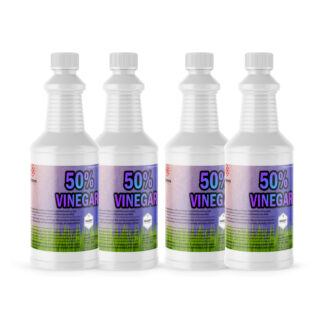 50% Vinegar – Concentrated Industrial Strength$23.00 – $3,600.00
50% Vinegar – Concentrated Industrial Strength$23.00 – $3,600.00 -
 10% Vinegar – Concentrated Industrial Strength$20.00 – $2,800.00
10% Vinegar – Concentrated Industrial Strength$20.00 – $2,800.00 -
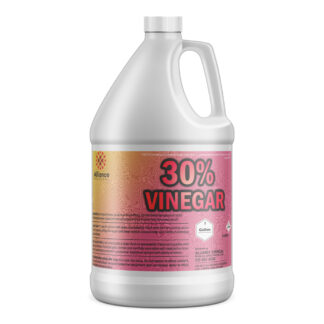 30% Vinegar – Concentrated Industrial Strength$23.00 – $3,200.00
30% Vinegar – Concentrated Industrial Strength$23.00 – $3,200.00
Other Options: Acetone’s Astonishing Adeptness
Bring forth Acetone Technical Grade, the spirited dancer, to sweep away the wax without smearing our walls.
- Imbue a soft cloth with the mystical acetone.
- Dance gracefully across the wax, wiping in a gentle, circular motion.
- Rinse with warm, soapy water and admire the wax-free surface.
A Gentle Note: Chemicals & The Painted Wall
Should our path find us face-to-face with painted walls, a whisper of caution dances through the air. For the potent spirit of Acetone, while a fierce ally against wax, also harbors an insatiable appetite for paint. The deployment of Acetone might, with sorrowful certainty, strip our walls of their hue, leaving them devoid of their previous splendor.
Fear not, for gentler methods await our call. Enlist the aid of a plastic scraper or perhaps an old credit card, gently guiding away the wax without aggrieving our painted companion. In the embrace of a gentle warmth, a blow dryer may soften the wax, permitting us to tenderly wipe it away, leaving the paint unscathed and the wall free from waxy residue.
Personally I have found that using hot water will melt the wax and gently wiping away any leftover wax using whatever chemical you prefer on a soft rag for whatever remains is the most efficient way to completely annihilate any residue .
Should your path venture into the unknown territories of wax removal, always, always conspire with a patch test in a hidden cranny to ensure that your journey is both smooth and free from undesired consequences.
-
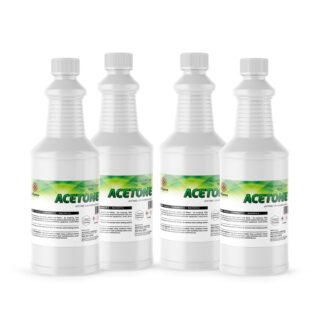 Acetone Technical Grade$30.00 – $3,900.00
Acetone Technical Grade$30.00 – $3,900.00
Isopropyl Alcohol’s Enchanting Ballroom Dance on Carpets
Engage Isopropyl Alcohol 99% in a delicate dance, lifting the wax from your precious carpets without a trace.
- Apply the spirited alcohol sparingly onto the wax.
- Blot gently with a magical, absorbent cloth.
- Rinse and revel in the revival of your cherished carpet.
-
 Isopropyl Alcohol 70% USP Grade$25.00 – $3,700.00
Isopropyl Alcohol 70% USP Grade$25.00 – $3,700.00 -
 Isopropyl Alcohol 99%$19.00 – $3,500.00
Isopropyl Alcohol 99%$19.00 – $3,500.00
Farewell, Adieu, Our Wax-Free Dance Concludes!
And thus, our eclectic adventure reaches its delightful denouement! The wax, once a stubborn foe, has been banished, leaving behind tales of victorious, sustainable reuse, and memories of enchanting, alchemical reaction.
May your vessels, walls, and carpets embark on new tales free from waxy woes, and may the Wax-Be-Gone trio forever illuminate the path to cleanliness and sustainability. Until next time, eco-warriors! – Picture by: Victor Gabriel Gilbert ~ 1890






